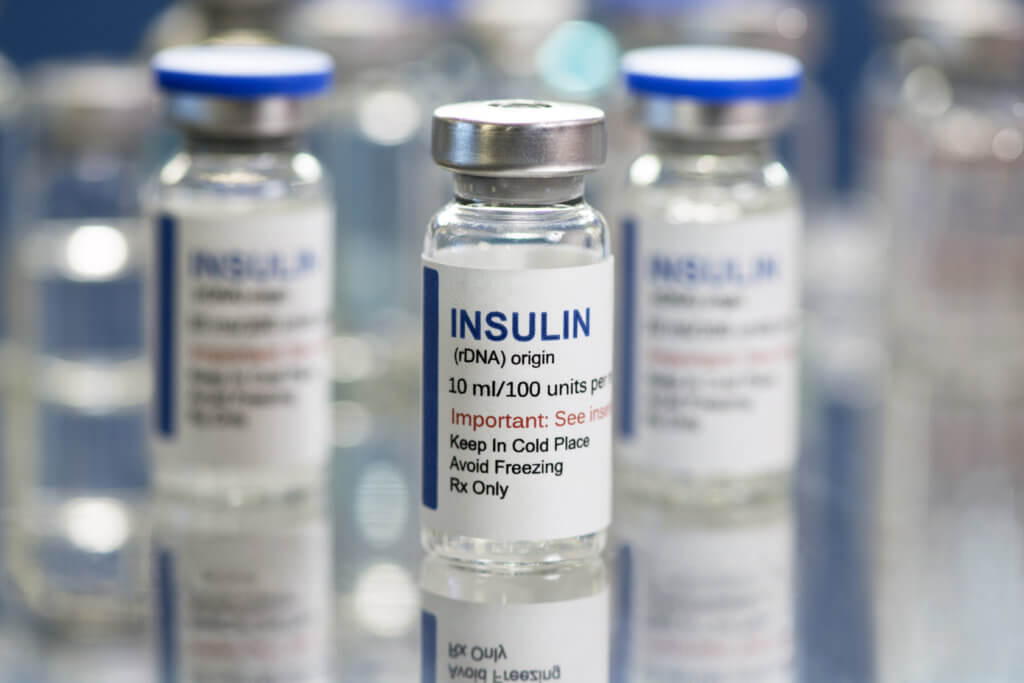VANCOUVER, British Columbia — Both obesity and Type 2 diabetes have been risk factors for pancreatic cancer for some time, according to past studies. Now, researchers from the University of British Columbia are offering up the first detailed explanation as to why. Scientists have uncovered a direct link between high insulin levels and pancreatic cancer.
More specifically, the new research details how excessive insulin levels overstimulate pancreatic acinar cells, which produce digestive juices. This overstimulation, in turn, leads to inflammation that converts these cells into precancerous cells. High insulin is common among both obese and Type 2 diabetes patients.
“Alongside the rapid increase in both obesity and Type 2 diabetes, we’re seeing an alarming rise in pancreatic cancer rates,” says co-senior author Dr. James Johnson, a professor in the Department of Cellular and Physiological Sciences and interim director of the Life Sciences Institute at UBC, in a media release. “These findings help us understand how this is happening, and highlights the importance of keeping insulin levels within a healthy range, which can be accomplished with diet, exercise and in some cases medications.”
This project focused on pancreatic ductal adenocarcinoma (PDAC), considered the most prevalent pancreatic cancer. PDAC is highly aggressive, with a five-year survival rate of less than 10 percent. Even worse, pancreatic cancer diagnoses are on the rise. By 2030, PDAC is projected to become the second leading cause of cancer-related deaths.
While obesity and Type 2 diabetes have been known as risk factors for pancreatic cancer for a while now, the exact mechanisms by which this occurred remained unclear. This new work sheds light on the role of insulin and its receptors in this process.
“We found that hyperinsulinemia directly contributes to pancreatic cancer initiation through insulin receptors in acinar cells,” adds Dr. Anni Zhang, the study’s first author, who recently graduated with their PhD from UBC. “The mechanism involves increased production of digestive enzymes, leading to heightened pancreatic inflammation.”

While insulin is already widely recognized for its role in regulating blood sugar levels, this study highlights its importance in pancreatic acinar cells. The findings show that insulin supports the physiological function of these cells in the production of digestive enzymes responsible for breaking down fat-rich foods. However, at high levels, insulin’s increased action can inadvertently foster pancreatic inflammation and the development of precancerous cells.
This work may one day pave the way for new cancer-prevention strategies as well as therapeutic approaches targeting insulin receptors in acinar cells.
“We hope this work will change clinical practice and help advance lifestyle interventions that can lower the risk of pancreatic cancer in the general population,” explains co-senior author Dr. Janel Kopp, assistant professor in the Department of Cellular and Physiological Sciences at UBC. “This research could also pave the way for targeted therapies that modulate insulin receptors to prevent or slow the progression of pancreatic cancer.”
In collaboration with researchers at BC Cancer and the Pancreas Centre BC, study authors have initiated a clinical trial aimed at helping patients diagnosed with PDAC control their blood sugar and circulating insulin levels with the help of an endocrinologist.
The researchers add these findings may have implications for other cancers associated with obesity and Type 2 diabetes, with elevated insulin levels also potentially playing a contributing role in disease initiation.
“Colleagues in Toronto have shown similar connections between insulin and breast cancer,” Dr. Johnson concludes. “In the future, we hope to determine whether and how excess insulin might contribute to other types of obesity- and diabetes-driven cancers.”
The study is published in the journal Cell Metabolism.
You might also be interested in:
- New bionic pancreas could end need for painful injections for people with diabetes
- Insulin prices are 8 times higher in the U.S. than in 32 other nations, report finds
- Taking multivitamins may increase cancer risk by 30%, doctor warns

